The views expressed in our content reflect individual perspectives and do not represent the authoritative views of the Baha'i Faith.
The Baha’i Faith’s concept of the oneness of humankind is rooted in the belief that human nature is fundamentally spiritual. The Baha’i Faith challenges notions of racial superiority and essential racial difference as false constructs based on prejudice, and holds that humanity is a single entity of a single origin, consisting of people of diverse national and ethnic histories, religious backgrounds, genders, ages, and geographic origins. Variations, rather than dividing humanity into groups of lesser and greater stature, confirm and support its unity through its diversity:
Ye are the fruits of one tree, and the leaves of one branch. Deal ye one with another with the utmost love and harmony, with friendliness and fellowship. – Baha’u’llah, Gleanings from the Writings of Baha’u’llah, p. 288.
There are no differences or distinctions of race among you in the sight of God. Nay, rather, all are the servants of God, and all are submerged in the ocean of His oneness. – Abdu’l-Baha, The Promulgation of Universal Peace, p. 433.
Science supports these statements. But nevertheless, the philosophy of racialism persists perniciously. It has been used to justify social systems of ethnic superiority—such as white supremacy and Aryan ascendancy—and has spawned genocide and ethnic cleansing; segregation, separatism and apartheid; and enslavement. These overt expressions of prejudice have been the source of great conflict and suffering.
Unfortunately, one of the origins of racism comes from misguided, literal interpretation of certain passages of the Old Testament. The account describes the origin of three different groups of humanity, the descendants of the three sons of Noah after the great flood in the book of Genesis had receded: Japheth, Shem, and Ham.
In the narrative, their descendants colonized three different lands after the flood. Because Japheth’s descendants colonized the north, interpreters assumed them to be of the white race. Shem’s descendants led to the Semitic peoples of the middle region. The descendants of Ham—whose name some people think means “hot” or “dark” in Hebrew—presumably colonized the tropical or lower and hotter regions, and were therefore assumed (in these misguided interpretations) to be dark skinned or of the black race. Additionally, Ham was called the father of Canaan, a people assigned in the narrative servitude to the descendants of Ham’s brothers.
The harsh, disdainful, literal interpretations of the story of Noah created the basis for rationalizing racism, separation of races, and slavery. Alma Bridwell White, the founder of the Pillar of Fire Church in the United States, used it to justify white supremacy:
The Book of Genesis, in its account of Shem, Ham, and Japheth, sons of Noah, teaches the supremacy of the white race. (…) Thus establishing white supremacy as foretold more than four thousand years ago. – Alma Bridwell White, Heroes of the Fiery Cross, p. 142.
Author and integrationist Daryl Davis recorded the Biblical justification of segregation of the races by Roger Kelly, Grand Dragon of the Ku Klux Klan for the state of Maryland in the U.S.:
“The Bible preaches separation of the races. The Bible is the most segregated book in the world … ” [he said]. I … produced my Bible and asked him to point out where this philosophy could be found. The Grand Dragon paged through the Book and began quoting from Isaiah 13:14: “And it should be as a chased roe, and as a sheep that no man taketh up: they shall every man turn to his own people, and flee every one into his own land…” It appeared to me that Roger Kelly interpreted the last three words of this passage to mean that different people had different lands and that they should not traverse into another land. – Daryl Davis, published in Klan-Destine Relationships: A Black Man’s Odyssey in the Ku Klux Klan, p. 41.
But these passages from the Old Testament have been misunderstood because of the strictly literal—rather than allegorical—interpretation. A review of the story of Noah quickly leads to the conclusion that a literal interpretation of it is not scientifically tenable.
Therefore—following the guidelines in the Baha’i that religion be in agreement with science—we must dismiss the literal interpretation of this story, and along with it the racialist point of view it has engendered.
From a Baha’i perspective, the three sons of Noah and their descendants should be understood not as representing different racial groups—as in the interpretations we explored in the last segment of this series—but rather as typological representations of the three different natures or spiritual dimensions of the human being, as identified in these passages from the Baha’i writings:
Thus, for that they move on these three differing planes, the understanding and the words of the wayfarers have differed; and hence the sign of conflict doth continually appear on earth. For some there are who dwell upon the plane of oneness and speak of that world, and some inhabit the realms of limitation, and some the grades of self. – Baha’u’llah, The Seven Valleys, p. 21.
[Humanity’s] nature is threefold: animal, human and divine. The animal nature is darkness; the heavenly is light in light. – Abdu’l Baha, The Promulgation of Universal Peace, p. 465.
The three sons of Noah, then, refer sequentially to the material or animal self (Ham), which relates to Baha’u’llah’s category of those inhabiting the plane of the grades of self; the prideful, struggling human self (Shem), related to those inhabiting the plane of limitation; and the spiritual and resurrected self (Japheth), which corresponds to those inhabiting the plane of oneness.
The idea that Ham is “dark” and Japheth is “white” relates to the common use of darkness as a way to describe a person with a “dark” heart—that is, someone engrossed in materialism, selfishness and ignorance, as in the above statement “the animal nature is darkness.” This kind of typological figuration in the form of a spiritual anthropology appears regularly in the Bible—with, for example, the three sons of Adam, the three men in the fiery furnace, and other contexts. It also corresponds with the three days of the resurrection of Christ and the three-day spiritual journey described in Exodus and in the Gospel of Luke.
The lands in the passage from Isaiah can best be understood not as geographic regions where people live, but rather as figurative ways to describe dynamic spiritual states, described by Baha’u’llah and Abdu’l-Baha, not using skin color as a literal descriptor of those states, but rather a spectrum from darkness to light in a spiritual and figurative sense.
From this point of view—which is entirely reasonable and consistent with the symbolic tenor of sacred scripture such as the Book of Isaiah or the Noah narrative—the racist and segregationist view is erased, and the narrative’s meaning is reversed and spiritualized.







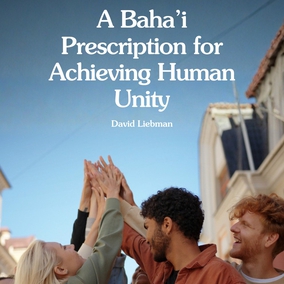
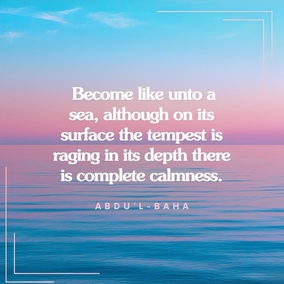
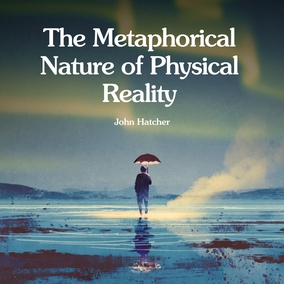
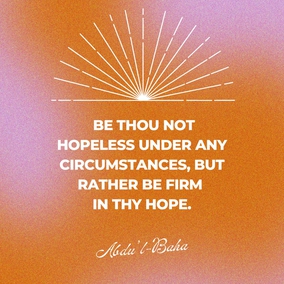
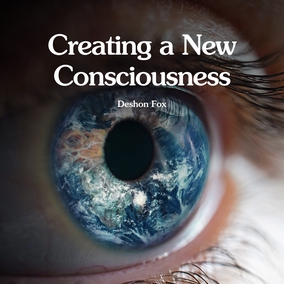


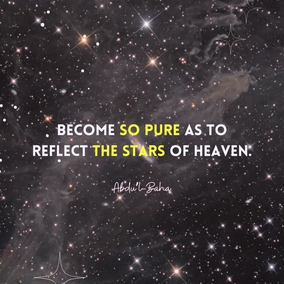

Comments
Sign in or create an account
Continue with Googleor